Replacing the TOSLINK on the ultimate amplifier with USB which can be captured. It could finally be plugged into multiple computers instead of the 1 with the TOSLINK output. There is an ancient STM32 discovery board which could be dropped in.
Something which can measure the duration of long delays down to the microsecond, but that might evolve into a super oscilloscope of some kind. It would measure delays up to 1 second. It would be USB controlled. The mane problem with a super oscilloscope is the low I/O speed of a microcontroller & small memory buffer. The best microcontroller would be limited to buffering maybe 1megbyte at 40Mhz. Buffering over USB would be limited to 1.5Mhz. It could capture long delays down to 1us.
Capacitive multiplier for the preamp.
 lion mclionhead
lion mclionhead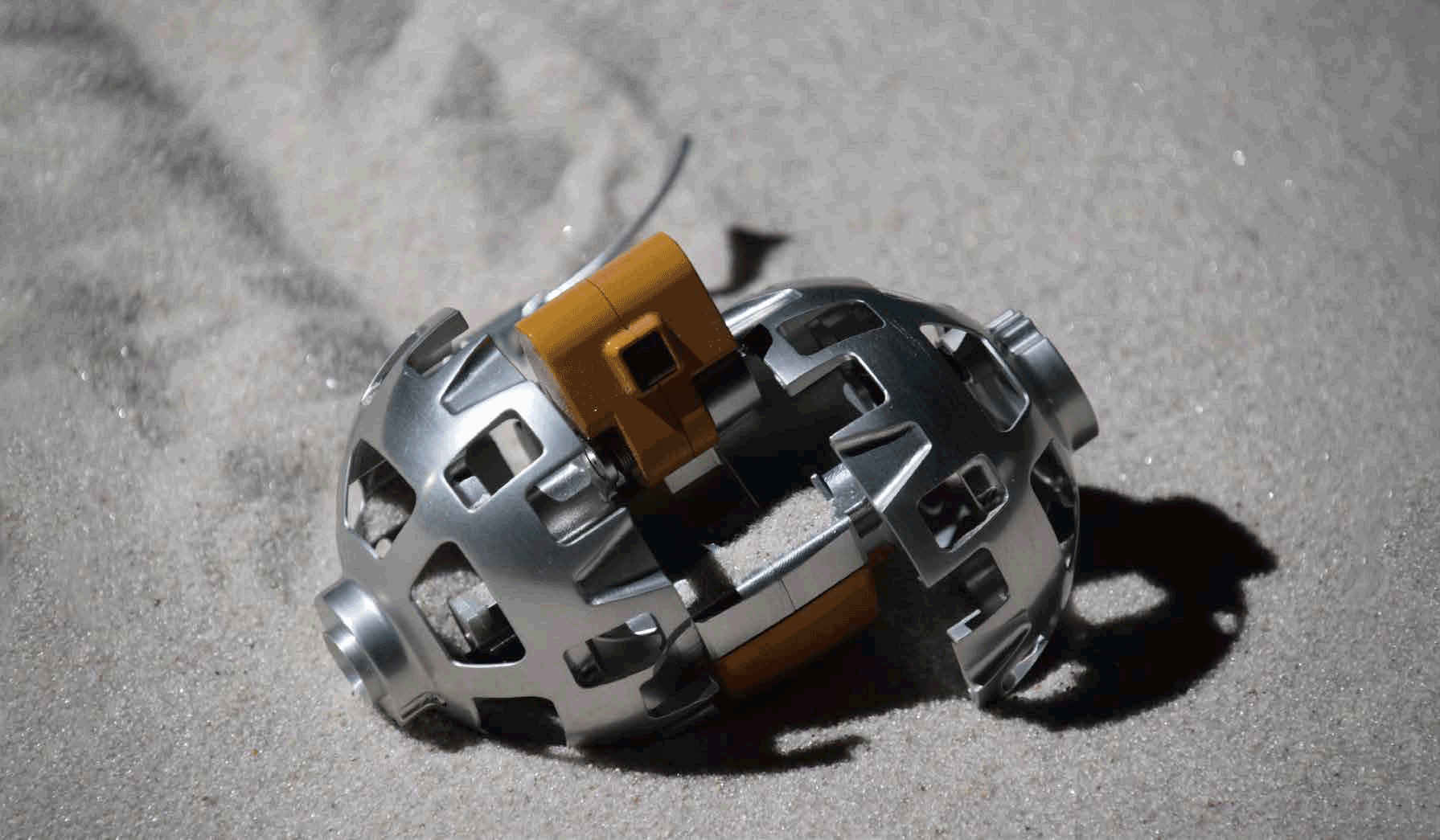
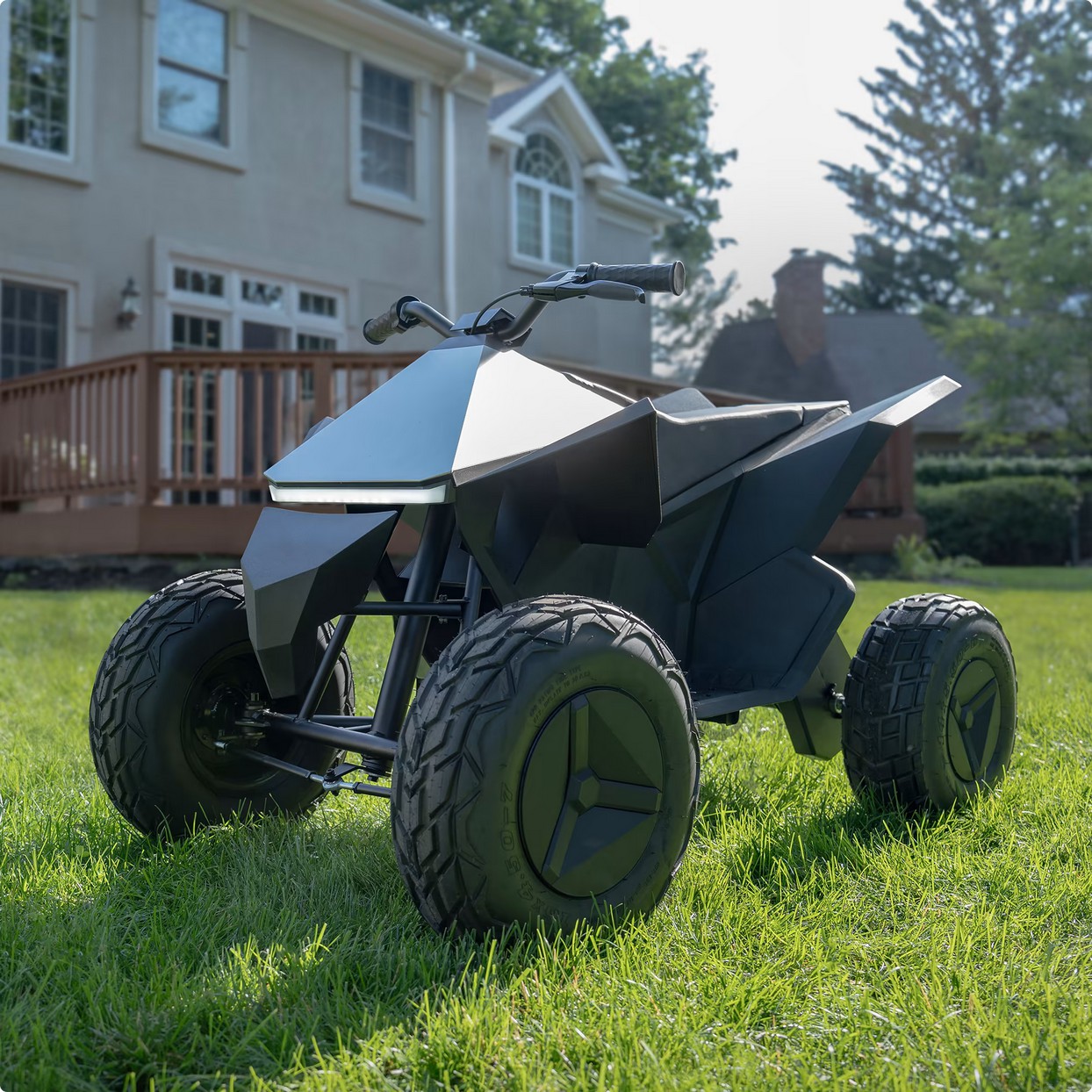



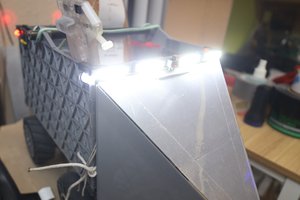
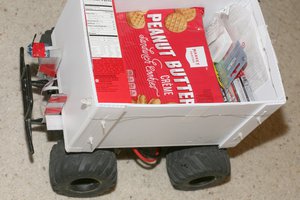
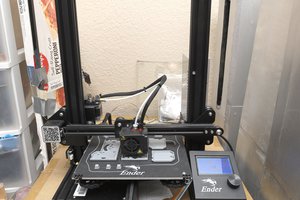
Seems relevant --> https://i.imgur.com/aLKt7Of.jpg
;)